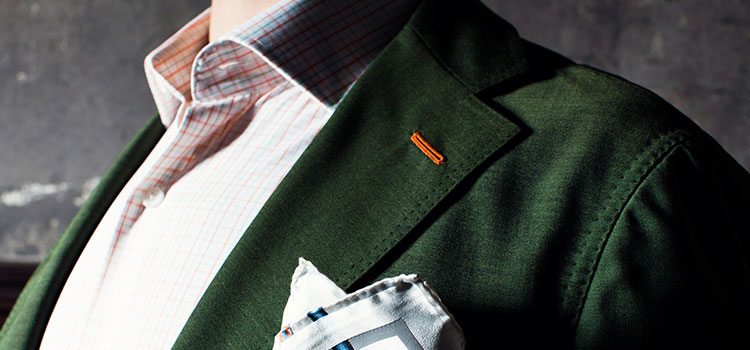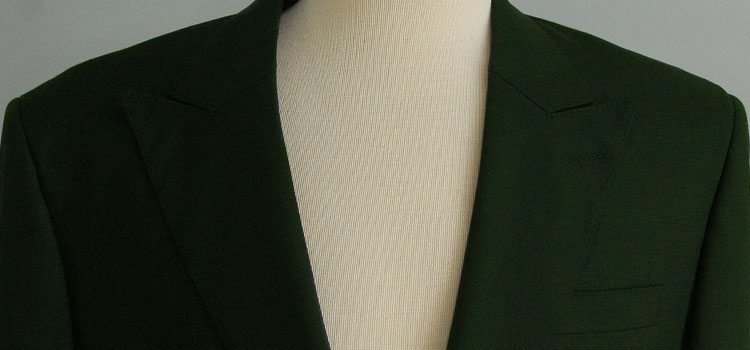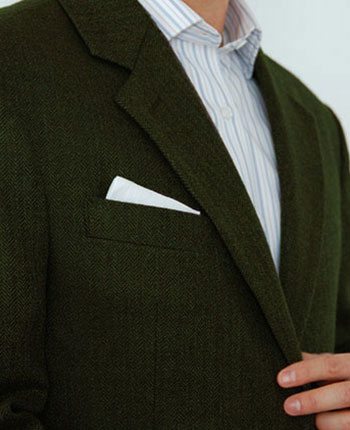In most cases, men’s suits come in either black, gray, blue, or brown. Those four basic colors can range from the starkly formal to the cheerfully casual depending on their pattern, cut, and material.
But for the adventorous dresser there are other colors, none quite as universally accepted but all striking when worn properly.
Green is the most common after the four “core” colors, and the most flexible as well.

The unusual appearance makes it a sort of personal decoration that is frowned upon in business culture, but would be perfectly acceptable at any sort of social gathering short of a “black tie” or “black tie optional” event (for those, only a tuxedo or a plain black or charcoal gray suit are appropriate).
Dark green suits carry particularly well at the theater or opera, or at any venue done in an older style of decoration with plush and gilt accents.
Lighter greens become less formal and border on becoming novelty outfits rather than proper menswear. The exception is olive green, which can be worn in much the same way as a tan or khaki suit, and has an automatic military connotation that makes it a useful choice for servicemen appearing out of uniform or for civilians expecting to interact with soldiers.
A suit worn for its pseudo-military appeal should stop short of imitating a uniform, however , brass buttons or epaulettes would be going too far, turning the jacket into a parody rather than a deferential nod.
Dark green suits do best in rich, thick fabrics. Heavy wool with a smooth finish is far and away the best choice. The weight and uniform texture of wool gives the jacket a consistent drape along the body.
Natural wool also offers smoothness without the reflective shininess of artificial fibers. Since green must appear deep and rich to seem a luxurious color rather than a novelty gag, the flat luster is crucial to carrying the look.
Lighter suits may be made of lighter materials. Olive suits are often made in woven cotton instead of wool.
A twill weave, familiar to most of us as the construction of everyday blue jeans, is common and gives the fabric a subtle but distinct pattern of diagonal lines. This is the most “military” look; olive suits can also be made from wool or from cotton blended with artificial fibers for a smooth front.
 We Deliver Globally
We Deliver Globally 


 Matching Green Suits and Other Colors
Matching Green Suits and Other Colors

